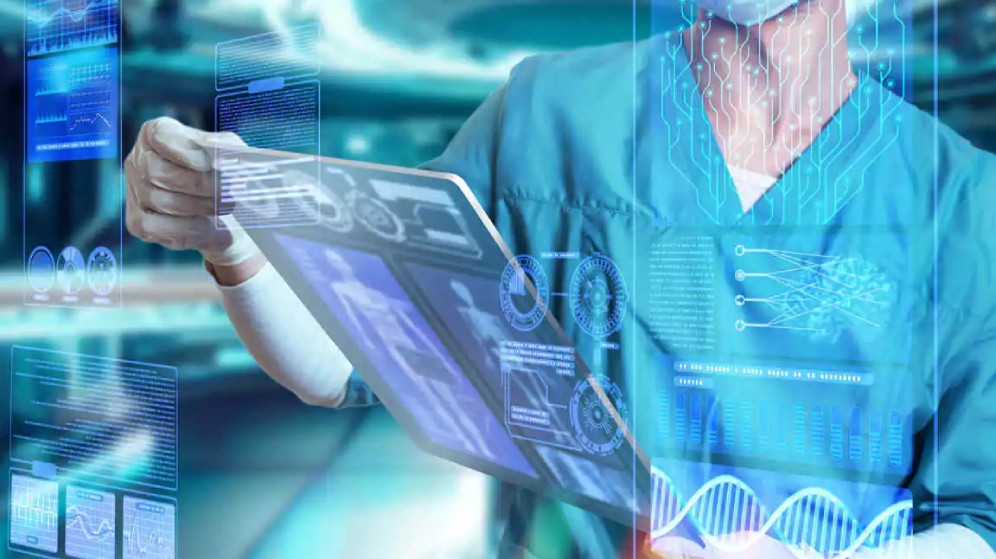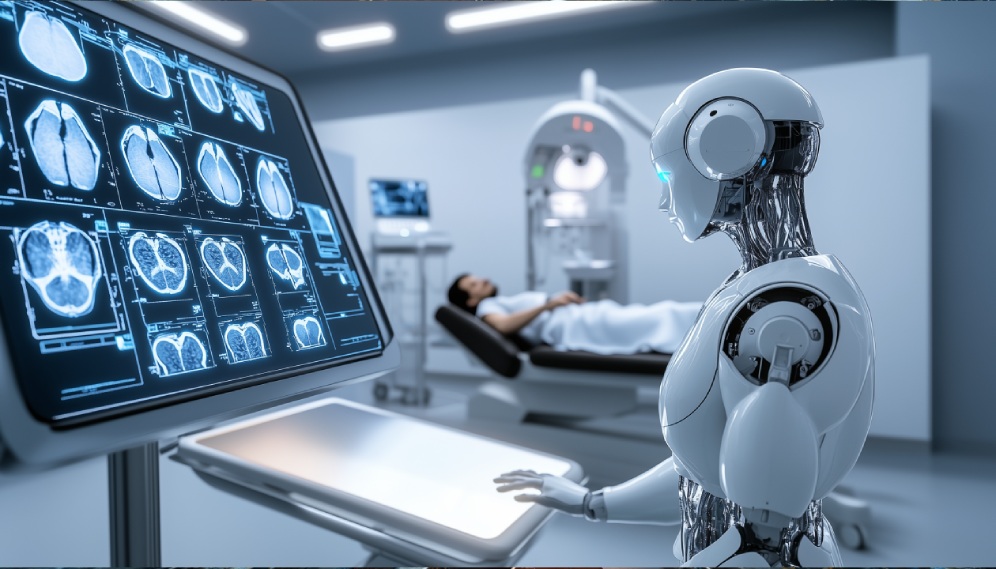Late-stage cancer diagnoses remain a major challenge in global healthcare, leading to lower treatment success rates, significant financial burdens, and a shortage of medical specialists. Leveraging cutting-edge artificial intelligence, we offer an advanced predictive diagnosis solution that enhances early cancer detection, improves patient survival rates, reduces healthcare costs, and reinforces technological leadership with a strong sense of social responsibility.

The Challenge: Late Diagnosis and the Growing Cancer Burden
Healthcare providers and patients continue to face significant consequences due to the late detection of cancer, which has far-reaching implications:
- Low Treatment Efficacy and High Mortality Rates: When cancer is diagnosed at an advanced stage, tumours often metastasise, significantly reducing the effectiveness of treatment and increasing mortality rates. This creates immense emotional distress for patients and their families.
- Overwhelming Financial Costs: Treating late-stage cancer is extremely expensive, involving chemotherapy, radiotherapy, complex surgeries, and palliative care. These costs not only strain patients and their families but also place considerable pressure on national healthcare systems and budgets.
- Workforce Shortages and System Overload: A limited number of oncology specialists, radiologists, and pathologists causes delays in diagnosis, particularly in remote or underserved areas. Healthcare professionals are also inundated with massive volumes of data, increasing the risk of human error.
- Fragmented and Difficult-to-Analyse Medical Data: Patient records, laboratory test results, medical imaging (MRI, CT, X-ray), and genomic data are often stored in disparate systems, hindering comprehensive analysis and decision-making.
- Missed Preclinical Indicators: Early warning signs of cancer are frequently overlooked without intelligent analytics tools, meaning diagnoses are often made only once symptoms have become evident and the disease has progressed.
Real-world example: A woman with a family history of breast cancer only sought medical attention after discovering a visible lump. By this point, the cancer had progressed to Stage 3, requiring an intensive and costly treatment regimen — a situation that could have been avoided with routine screening and early detection.
Our AI Solution: The “Smart Eye” for Predictive and Precision Diagnosis
Our AI-powered predictive diagnosis solution acts as an intelligent clinical assistant, integrating and analysing multi-modal medical data to build risk prediction models, trigger early alerts, and support healthcare professionals in making timely, accurate diagnostic decisions. This is a transformative and compassionate approach that saves lives.
How the Solution Works
Our AI system collects, processes, and analyses large volumes of medical data from multiple sources, using advanced algorithms to deliver early-stage cancer prediction and diagnostic support:
Multi-Modal Data Integration and Analysis
The AI engine aggregates data from diverse medical sources, including:
- Electronic Health Records (EHR): Personal medical history, family cancer history, and associated risk factors.
- Laboratory Results: Blood tests, biochemistry panels, and cancer biomarkers (tumour markers).
- Medical Imaging: MRI, CT scans, X-rays, ultrasound, PET/CT — the AI analyses these images to detect small tumours, structural anomalies, and micro-level changes that may be missed by the human eye. Advanced computer vision algorithms are applied to recognise cancer-related image patterns.
- Genomic and Molecular Data: Genetic mutations, gene expression profiles, and other molecular biomarkers linked to cancer risk and treatment responsiveness.
- Additional Clinical Data: Lifestyle factors, environmental exposure, and other contextual data.
Risk Prediction Models
By mapping complex correlations across thousands of data points, the system develops personalised machine learning models to assess an individual’s cancer risk — even in the absence of visible symptoms. These models help identify high-risk patients who should be prioritised for screening.
Smart Alerts and Risk Stratification
When high-risk indicators or abnormal patterns are detected, the AI system automatically generates alerts for clinicians. It also classifies patients by risk level, enabling prioritisation of urgent cases.
Accurate and Timely Diagnostic Support
AI serves as a Clinical Decision Support Tool — not a replacement for doctors. It enhances diagnostic accuracy by highlighting suspicious areas on imaging scans, recommending relevant tests, and offering high-confidence preliminary findings, empowering clinicians to make faster, more informed decisions.
Monitoring Disease Progression and Treatment Response
AI can track tumour progression over time and predict patient responses to various treatment regimens, enabling more personalised and adaptive care plans.

Core Technologies and Unique Advantages
Our solution is powered by state-of-the-art AI technologies, ensuring high precision and performance:
- Deep Learning: Convolutional Neural Networks (CNNs) for medical image analysis, and Recurrent Neural Networks (RNNs) or Transformers for time-series data and clinical records.
- Machine Learning: Algorithms such as Support Vector Machines (SVM), Random Forest, and Gradient Boosting for cancer risk prediction and disease classification.
- Computer Vision: Automated detection, segmentation, and interpretation of abnormalities in X-rays, CTs, MRIs, and ultrasound scans — including small tumours, suspicious nodules, and histological changes.
- Natural Language Processing (NLP): Structured data extraction from unstructured clinical notes, doctor comments, and diagnostic reports.
- Genomics & Bioinformatics: Analysis of sequencing data and molecular biomarkers to identify genetic predispositions and therapeutic targets.
- Big Data Analytics & Cloud Computing: Scalable data processing and secure storage to handle large-scale, multi-source healthcare data.
Measurable Impact: Improved Survival Rates and Reduced Costs
Our AI-driven solution has delivered measurable value to healthcare partners and institutions:
- 20–30% increase in early-stage cancer detection rates: This enables patients to begin treatment earlier, significantly improving survival rates and quality of life.
- 15–20% reduction in total cancer treatment costs: Early detection supports the use of less invasive treatments, reduces hospital stays, and avoids costly late-stage interventions.
- 25–35% improvement in clinician productivity: Automating data analysis and risk screening allows medical professionals to focus on complex cases and patient care, enhancing overall service quality.
- Better disease insight and public health management: Rich data and deep analytics help policymakers design more effective cancer prevention and treatment strategies.
A Smarter, Healthier Future
This solution not only delivers clinical and economic benefits but also reinforces the credibility and social responsibility of healthcare providers. By embracing AI for early cancer detection, we move closer to a healthier, more resilient future.







